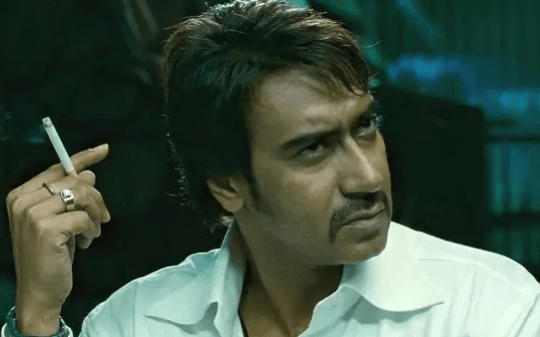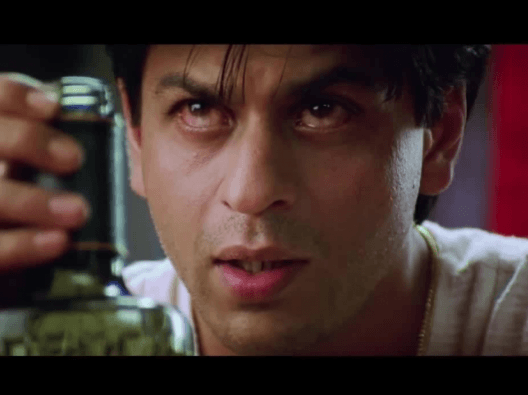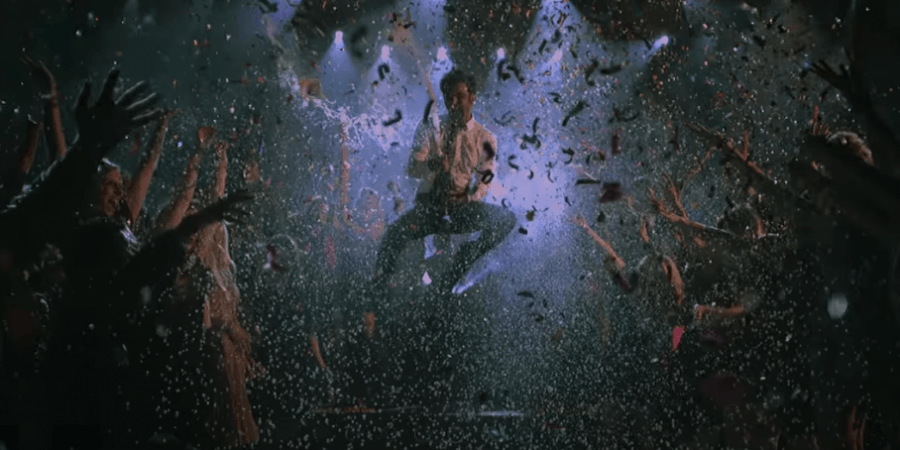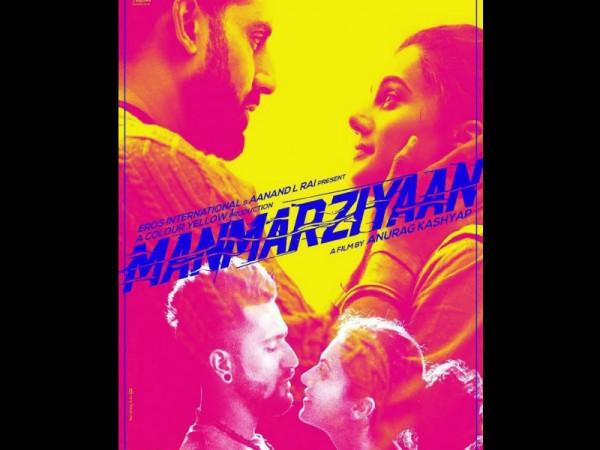Bollywood movies have always claimed that they only fictionalise our present, they shouldn't be taken for reality. How much power a film holds in influencing its audience has been debated for a very long time with mixed views. The reason why we can't be sure of how penetrative Bollywood can be is that there is not enough to provide us with insight.
A new study published in PLOS One by researchers from Vital Strategies and Imperial College, London has found that Bollywood is maybe more influential than we've been led to believe. The peer-reviewed study shows how Bollywood's on-screen use of alcohol, tobacco and branded fast-food may be indirectly promoting their consumption in our reality.

A new study shows how Bollywood can be a bad influence on kids
Recently a study was published in the scientific peer-reviewed journal PLOS One, titled, 'Trends in tobacco, alcohol and branded fast-food imagery in Bollywood films, 1994-2013'. The study looked at 300 films i.e. the 15 top-grossing films of each year between 1994 and 2013 to study the recurrence of scenes depicting the use of substances like tobacco and alcohol as well as the consumption of branded fast food.

The study conducted has created a stir. Although the paper only looks at the trend between 1994 and 2013, it makes some important revelations especially about the recurring alcohol imagery in U-rated films. The study says at least 70% of the films reported portrayals of tobacco use and 93% reported alcohol imagery. The study says, "We found alcohol imagery to be highly prevalent (present in 93% of films, including 89% of U-rated films), with occurrences/film increasing at 2% per annum, to consistently >7 occurrences per film since 2007." Although they did say the portrayal of tobacco use seemed to be falling at 4% p.a.
If we are to look at statistics from the country outside of the above study then we can see why the study becomes pertinent. According to a multi-city survey in 2019, 75% of the youth in India consumed alcohol before they reached the legal drinking age of 21. A report from Interactive TV reported by WARC in 2017 said that the audience demographic in for cinema-goers in the 8 metro cities of India was the youth between 15 and 24 years of age, constituting 71% of the cinema-goers. This may show a trend of caution
Bollywood films' portrayal of alcohol and tobacco use
For many of us, films showing the use of tobacco and alcohol despite the disclaimer and the little warning at the corner of the screen makes very little difference. Almost all Bollywood films even if they don't necessarily show drinking and smoking as a recommended health practice, they show it as a social activity.
Friends drinking together has been a classic trope. The study also included films like Yeh Jawaani Hai Deewani and Zindagi Na Milegi Dobara, where drinking becomes a way to connect with friends and spill one's secrets.


If we are to make films like Dev.D and Devdas which also made it to the list, they show self-destruction which doesn't promote the use of the substance itself, but it does create a sense of there being so much out there.
It would be wrong to say Bollywood glorifies the use of alcohol and tobacco, but every once in a while, it wouldn't be wrong to concede that they do glamourise it.
Bollywood's stand on censorship
Let's clear this up, we're not the moral police. Movies shouldn't be held to high moral standards if society doesn't reflect them. Artists also should have the freedom to create art that reflects a certain reality. There's no question that as long as society endorses the consumption of alcohol and tobacco as a practice, films will not stop showing it. In a way, it becomes an aspect of society that's undeniable.
The censor board has been known to clamp down on films on a number of factors, strong language, smoking on-screen, intimacy, the list is long. Filmmakers from time to time have criticised this as a clampdown on free speech.
Recently, Ekta Kapoor was forced to edit a scene regarding an Army wife in XXX which caused moral outrage online. Mahesh Bhatt in the past said, "As a filmmaker, it is my job to make people feel uncomfortable. My intention is to feel something, using my craft and make you (audiences) feel the same through it (cinema). Rest is up to the forces of the society."
In Anurag Kashyap's Manmarziyan a scene showing Sikhs smoking offended the community, the scene had to be edited and Anurag Kashyap even issued an apology. In the past, he did say about censorship, "It's not that if I wanted to make political cinema, I wouldn't do it because of the fear for censorship, but it's the process of fighting it which scares me."

We will need another study to come out and tell us what's changed between 2013 and 2020. How a filmmaker chooses to portray something is beyond censorship, it's a dilemma only the filmmaker deals with. However, the onus is on the audience to perceive the content a certain way, and as far as moral policing is considered, it can only be restricted to the self.








